Haz clic aquí para leer en español
In many cases Bolivia seems to have grasped the concept of modern development but missed the point. Seeing Bolivians riding motorcycles on narrow and winding mountain roads with a full face helmet cocked back and perched on their forehead. Walking up to a fast food counter and ordering, then waiting 30 minutes for a chicken sandwich. Drivers stopping at a red light to make sure no one is coming from the opposite direction before driving through. Or, wiping the spoon before eating out of a grubby metal bowl.
The socialist nation, which is majority indigenous, has in some ways prioritized maintaining cultural history over progress. Yet, as they sit atop a wealth of mineral resources, push to make water and transportation available, subsidize gas, develop an elaborate gondola system in the government capital, and a myriad of other efforts, I see a scramble to keep up in a globalized and modernized world.
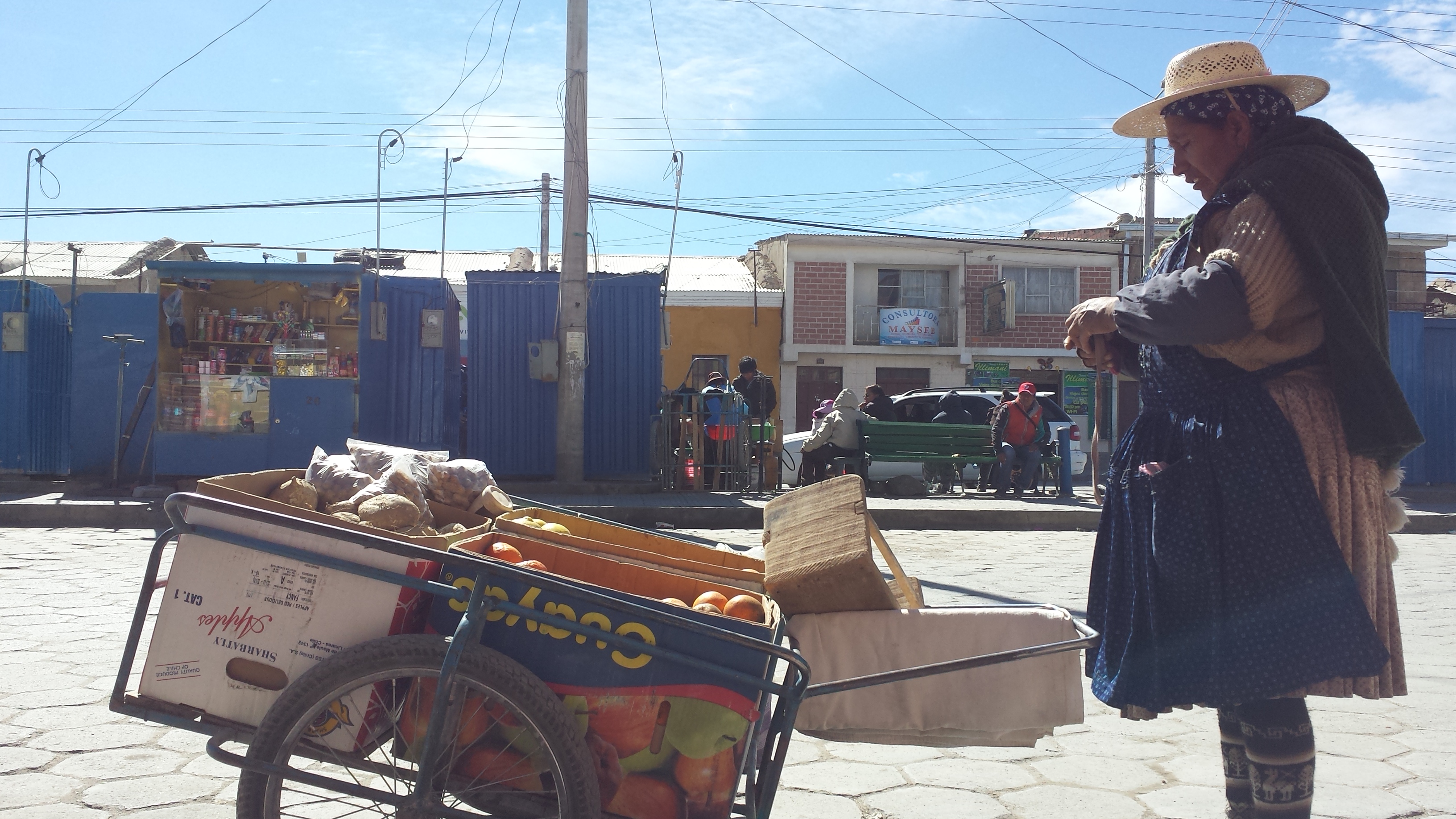
There is a dissonance between the population we saw, who maintain a lifestyle much as their ancestors, cholitas in trenzas (2 braids) and polleras (skirts) with lots of children living in homes of handmade mud and straw bricks vs. the power lines, smart phones, and incessant honking of the “minis” (white van transports) offering a quick and cheap ride to the city where you can watch “cholita wrestling“.

This week I offer two lists of 4 observations. These fall into the broad categories of: “What Bolivians have retained that developed nations almost forgot” and “what developed nations know that Bolivians don’t quite get.”
What Bolivians Never Forgot How to Do
- Make things at home
Based on need and limited resources, I was impressed by the amount of at-home production: bricks, bread, clothing, the list is long. The women were always knitting, even spinning wool into thread as they walk. Talking to one school I took an unofficial survey: when I asked how many students had parents who could make bread, every hand went up. Could make their own cheese? 1 in 10 hands went up.

Where soil is fertile (largely on the slopes or in valleys) many gardens bloomed with varieties of vegetables. We often saw piles of corn drying in the sun. I watched one morning as a woman who hosted us for a night scattered red corn kernels as feed for the chickens while the 12 year old took the pigs out for a walk and the 6 year old giggled and fed the 2 year old crackers for breakfast.
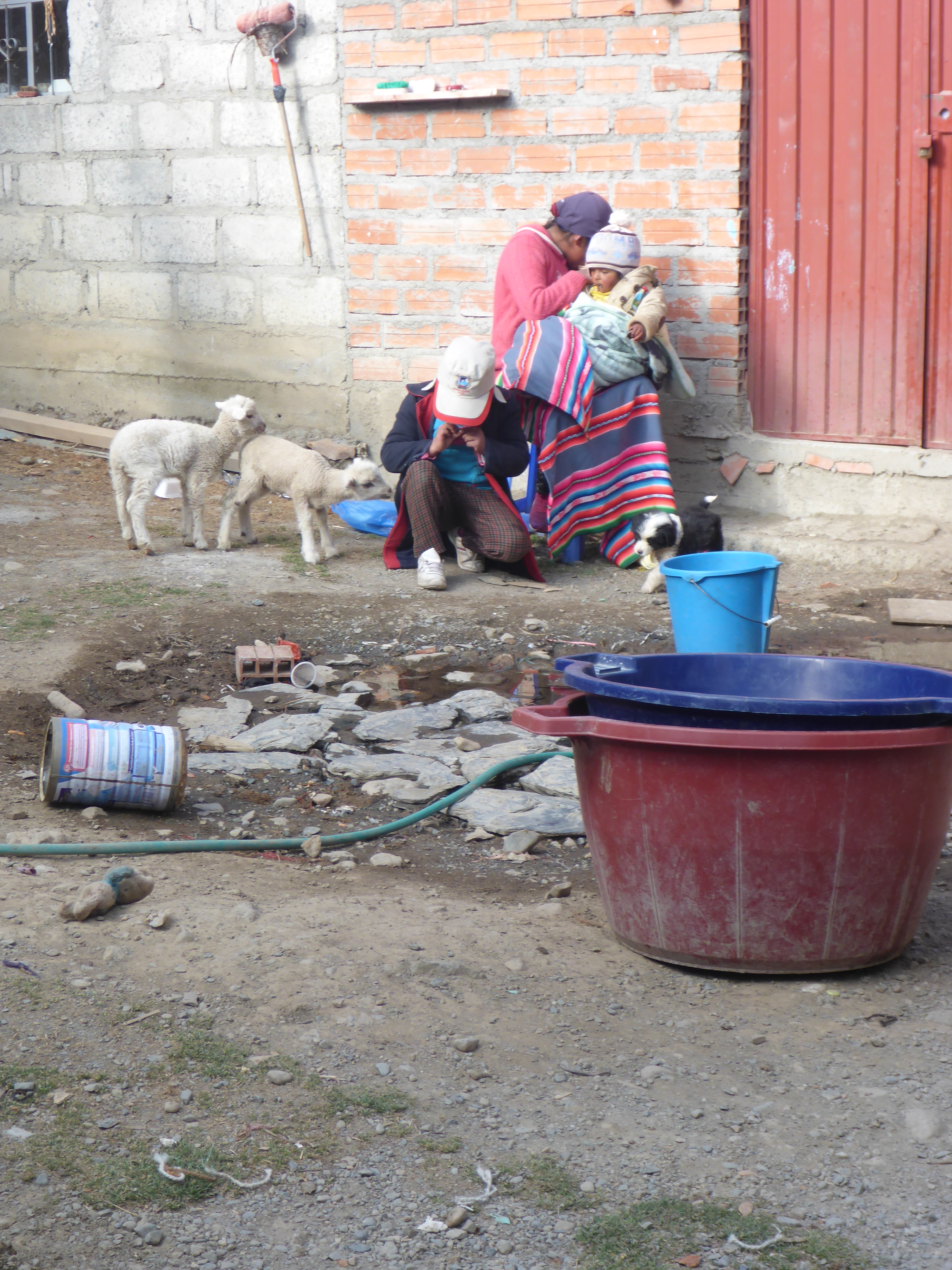
- Wear your child
It has become a resurrecting trend in the US to wear your baby. The positive effects of this practice are elucidated in studies and special carriers have been developed. In Bolivia, it is the most natural and common thing to see. They bundle the littles in layers of blankets and extra clothes and jackets, tuck them in to their aguayo, toss it over their shoulders, tie it at their chest, and go. With one rectangular piece of cloth they situate the littles in any variety of positions, from recumbent and completely covered to peering over mom’s shoulder. The aguayo is also used to carry groceries and any other number of things.
 Another side point to this is breastfeeding. It is wonderful. The women are free about it and it is a universal practice, far more so than use of bottles. Whether you are having a conversation or conducting a business transaction, she will begin feeding without missing a beat.
Another side point to this is breastfeeding. It is wonderful. The women are free about it and it is a universal practice, far more so than use of bottles. Whether you are having a conversation or conducting a business transaction, she will begin feeding without missing a beat. - Home birth
I have been inspired by women who choose home births and, particularly, by the mid-wives in my life. Here in Bolivia, the majority of adults I’ve asked report having been born at home. Except one elder man who teased, “how would I know, I was only a day old!”
While most of what I have read on the matter say the high numbers of home births are because of cultural preference, the few in depth conversations I’ve had about it, the women cite finances and accessibility as primary factors in the decision. About half said they had a señora there to help them, others said her parents or husband helped.
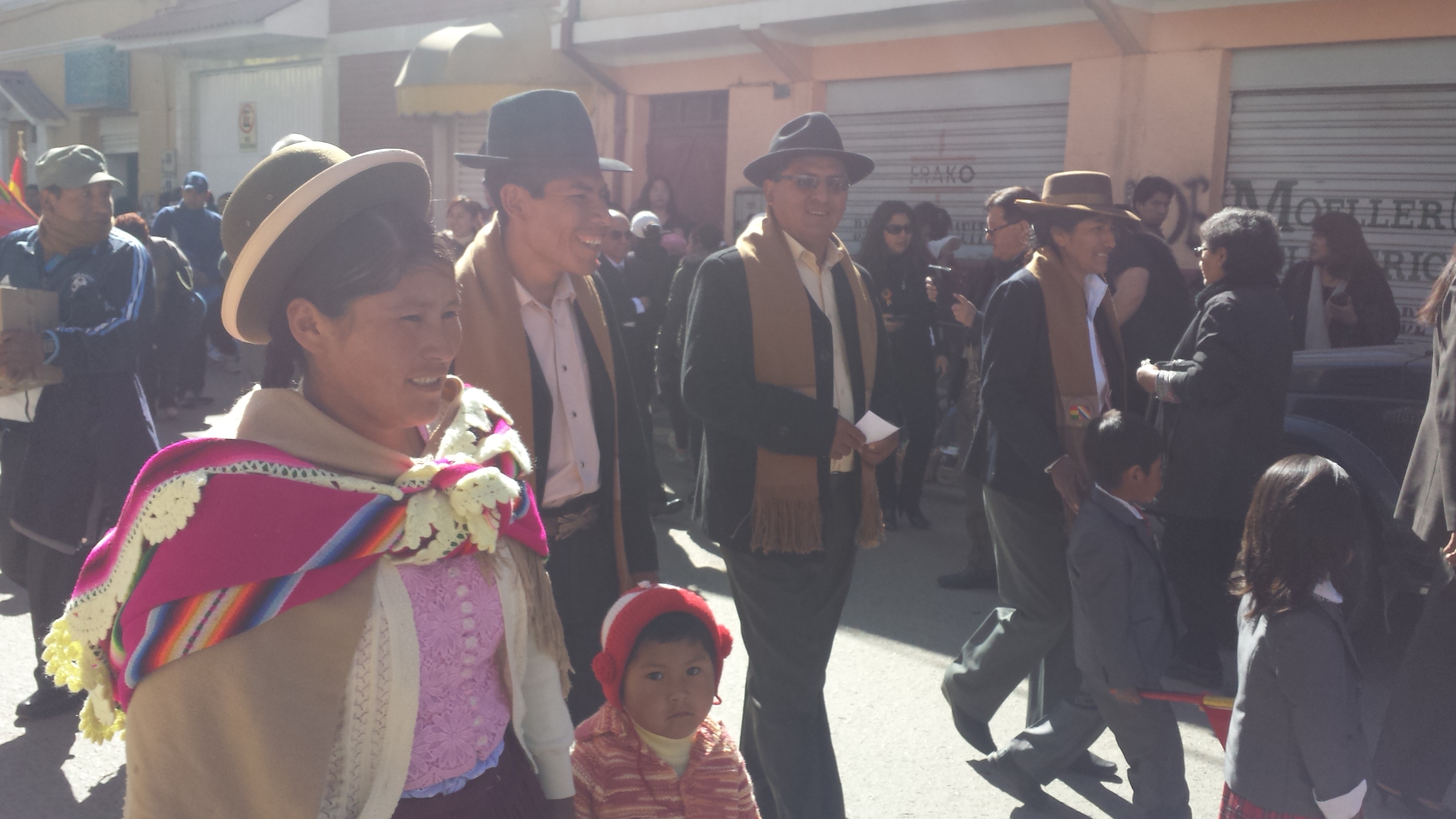
A woman we spoke with in Sorata explained proudly that the same woman who helped deliver her and all her mother’s children, also helped deliver all 9 of her children (8 of whom are still alive). “Ella siempre ata mis guaguitas.” [“She always ties off my babies] she beamed toothlessly.Several times I’ve thought this would be a fascinating subject of study for those pursuing higher learning. I enjoyed the compelling photos and stories with this New York Times blog. - Walk places
Another personal fascination and delight of mine, people in Bolivia walk places. When people ask what we are doing and how far we walk each day they often say, “wow, I could never walk that far.” Then I break it down and we talk about how far they walk their animals to pasture, or between villages and family homes. That you really only have to walk about 20 minutes a day to see positive health and mental effects. Then, employing a CBT line of inquiry, they end up talking about what they love about it.

Much like in some areas of the US, if you are walking, it means you can’t afford a vehicle, so judgment is leveled. In our case, this works to our advantage because, as walkers, we are accessible to fellow walkers and can have those conversations. To explain why two white women, from the United States would walk away from the opportunities and comforts of our home nation and end up on the same paths where they move their animals and in that, to affirm their value rather than to judge and degrade based on wealth.
What Bolivians Haven’t Caught on to Yet
For the beauty and strength of the heritage Bolivians have retained, some of the fundamental aspects of development which has made the first world as successful as it is have yet to take strong purchase here. I call these the “TIONs” and the lack of or weak hold of them were a pretty constant source of both frustration and concern.
- Education
A lot of work has gone into developing and proliferating schools into the small villages. One teacher explained that so long as a school had 10 students, it would remain funded and provided with a teacher. Still, he said 90% of students walked to school, most for about an hour one way but some were up to 2.5 hours 1 way.
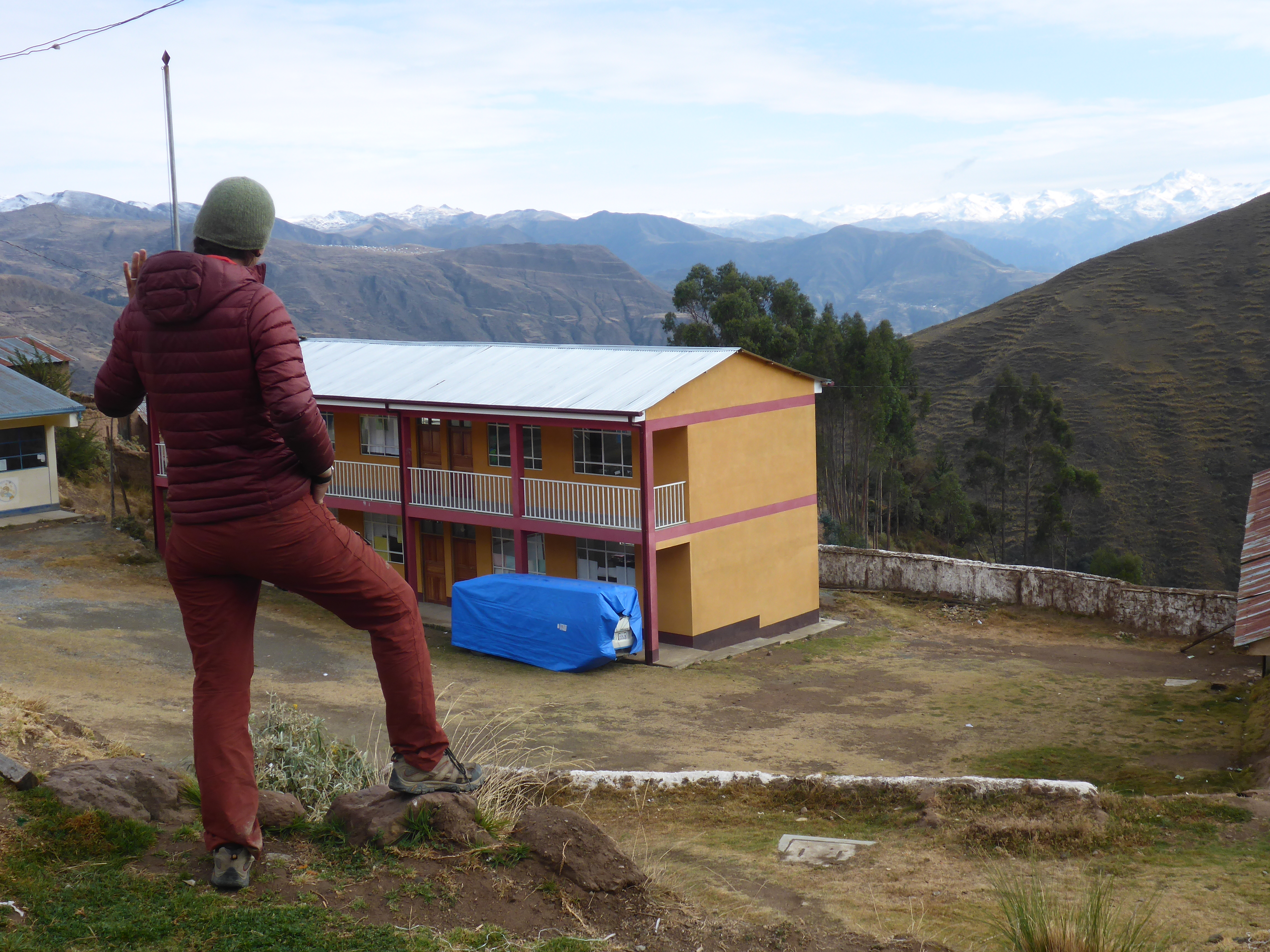
The realm of public education was the sore point for me. In the postas (small rural clinics) the halls were lined with dozens of signs about Influenza, the benefits of breast feeding, and massive hand drawn paper graphs to track shots and other medical records. Not a single box was checked.

While the components are there, they are not being utilized and the communities did not appear engaged.
This is particularly frustrating as Public Education is the ground work for the success of the next 3 items.
- Nutrition
I wrote a whole post about this. It is a big topic. There is a lot of information that focusing relief efforts on the youngest of us is the best way forward. I really enjoyed this Freakonomics Podcast which touches on it. That said, not focusing on the nutrition a mother receives during pregnancy or breastfeeding undercuts that. As women are often the last and least to eat in families of very limited means…public education could help with that. - Organization
Things continue wildly disorganized and inefficient in Bolivia. Why pick up 3 items in one go, when you can just make 3 trips? Unemployment is high and “maximizing” on time use is not a concept grasped. It is like a perpetual Saturday afternoon and the entire country is doing a home improvement project and making infinite, haphazard trips to Home Depot. Except there is no Home Depot.
I have yet to see a grocery list in use, street signs are rare, street numbers (if they exist) go in no particular order and the idea of being on “time” or, really anything about time management or client care exists only in the tourism realm. In that way, just by visiting you are encouraging and helping Bolivians to develop. - Sanitation
The lack of sanitation is an ongoing and serious issue.
In the small 1 room, community table eateries, I was delighted that most and even street stalls put their food on metal or glass serving dishes and provide metal cutlery (less plastic waste!). You sit, eat, return the pieces and move on. They place the dishes in a tub of water, their kid wipes it down in a tub of water (there is rarely running water and where there is, it is not hot), and then the next guy eats off it.
And still there are an inordinate amounts of plastics in the spots outside the towns where everyone throws their trash (usually in a pile by the road, down a cliff, or into a convenient river where the pigs and dogs then feed on it.)Trash and feces are everywhere. This is the downside of the open comfort with bodily functions. Many times cars pulled over on the road just in front of us and the men would pile out and…pull it out. One elderly man even looked up and noticed me one time and waved with his free hand.
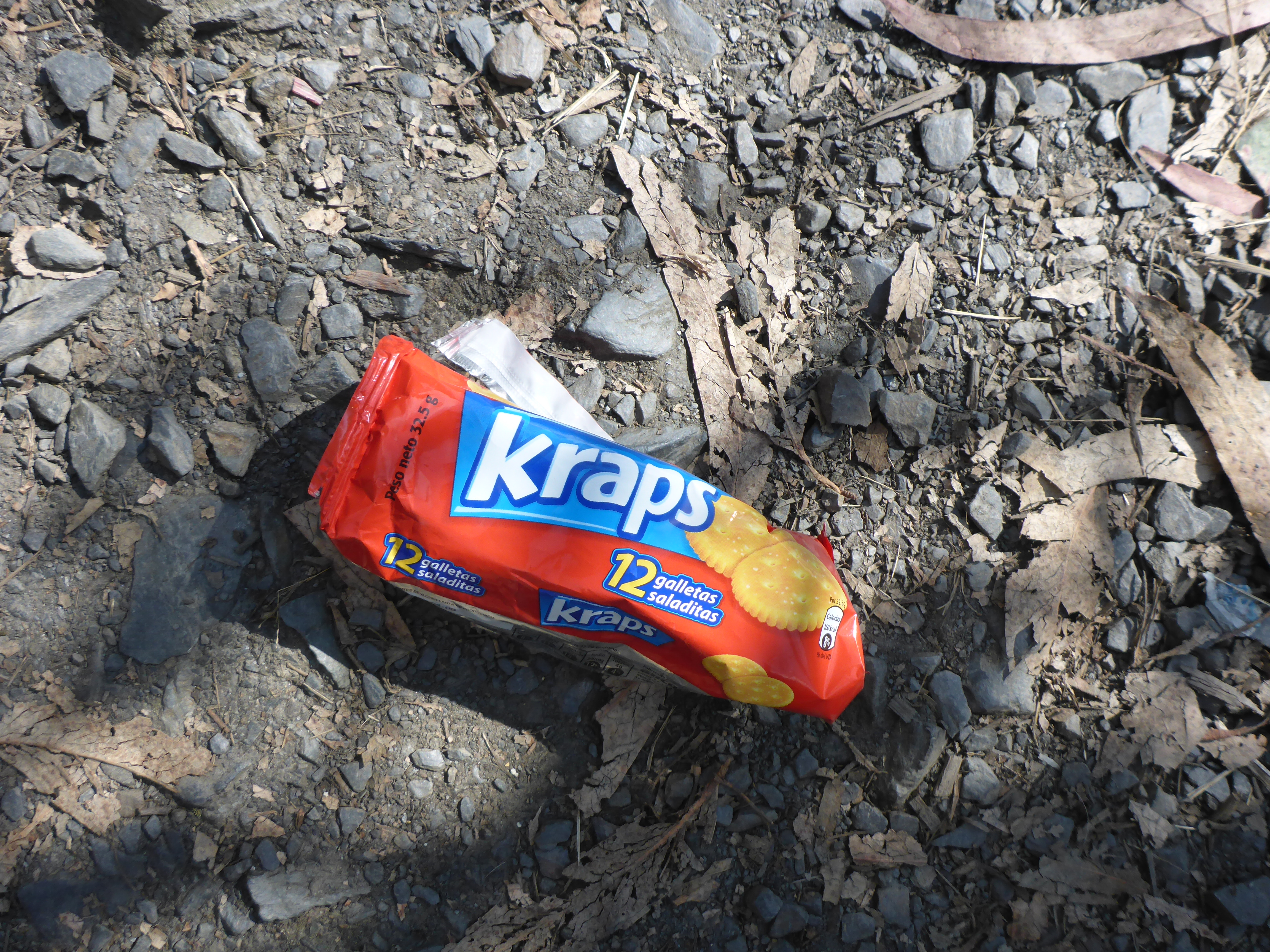
Be careful what you eat or you might get the. . . It is not just the men. One of the benefits of the polleras is they can squat anywhere. A good example of how this plays out is, one day when we walked up on an illegal trade bazaar going on out in the middle of nowhere between Bolivians and Peruvians, the women would all go to the center of the event, the dry river bed which denotes the border and squat to pee there. The men would go to the edge and pee out into the wide open pampas, from which we were approaching.
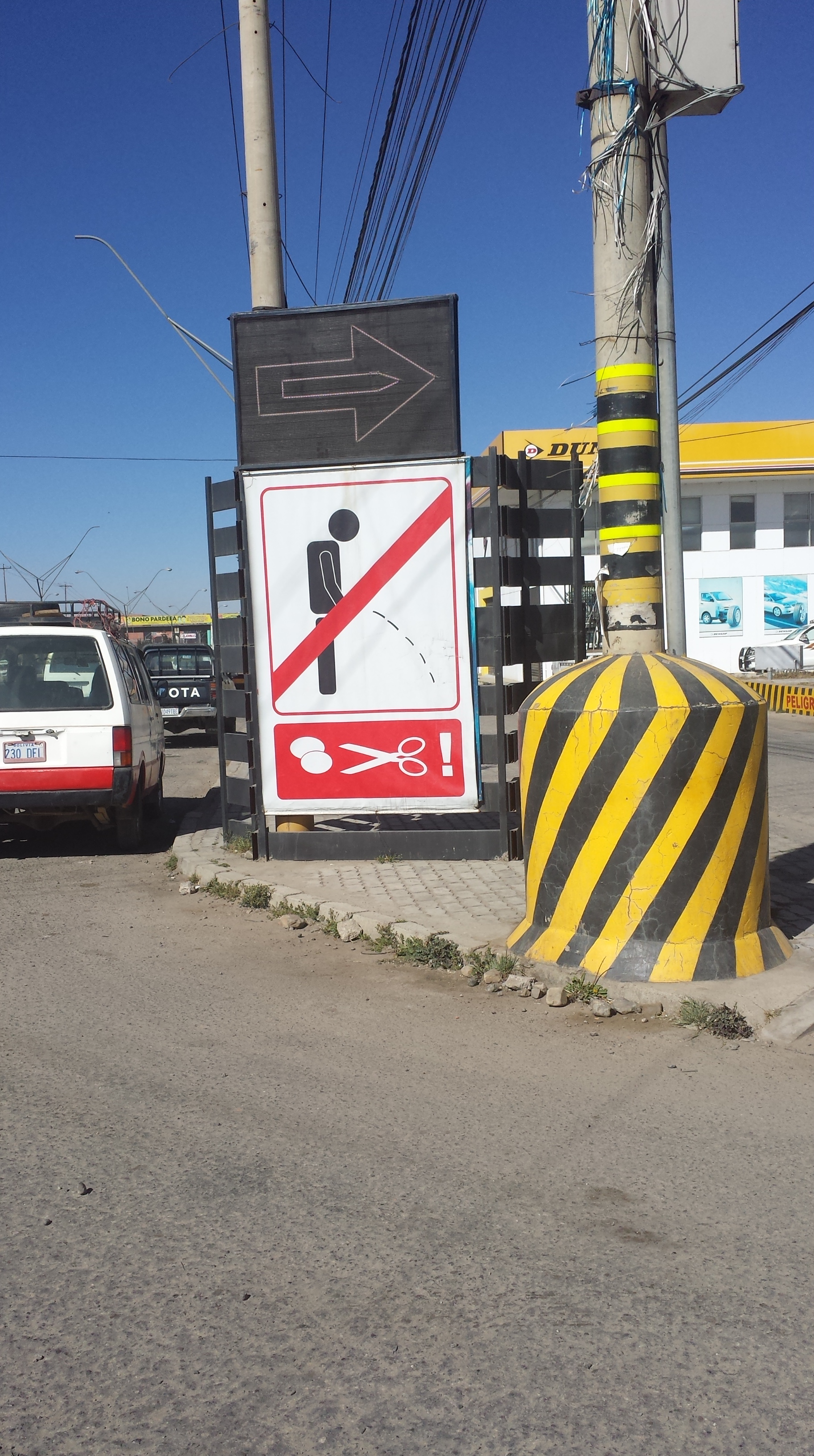
Sign at a gas station outside of La Paz, in El Alto. Some villages have made an effort and built their own outhouses. These are community based and feature a hole into the ground. That is progress from what we have seen as we walk on roadsides and through ditches and past abandoned buildings. Usually people who live up high and along rivers consider the river their personal waste disposal system. We have even seen public toilets in villages built on stilts so as to be perched over top of the river.
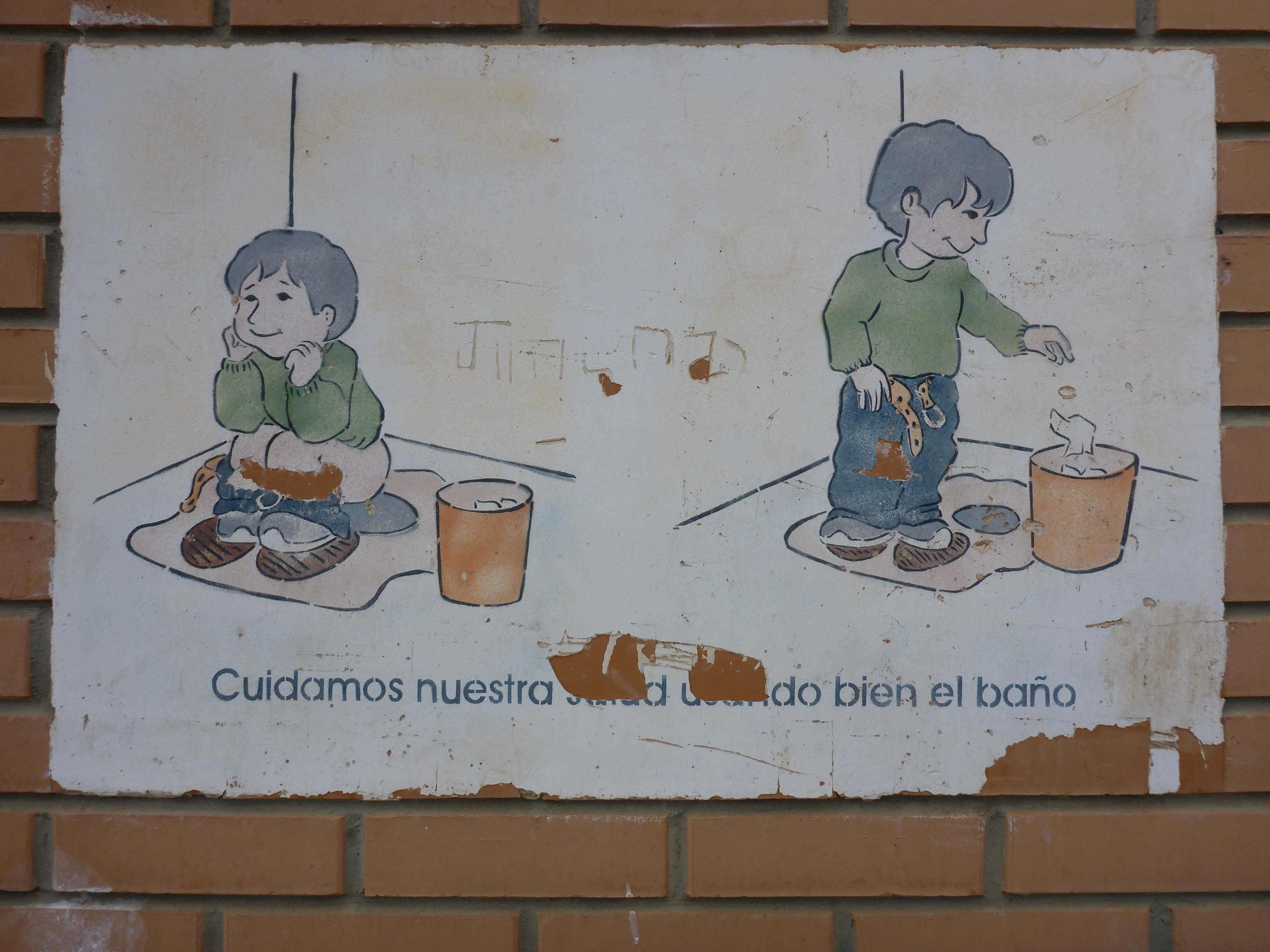
There is SOME effort being made to teach sanitation practices. Like this sign at an elementary school loo.
Bolivia: memoria cultural y lecciones por delante
Escrito por Fidgit
Traduccion por Henry Tovar
En muchos casos, Bolivia parece haber captado el concepto de desarrollo moderno pero no entendió el punto. Ver a los bolivianos andar en motocicletas en caminos de montaña estrechos y serpenteantes con un casco de cara completa levantado hacia atrás y encaramado en su frente. Subir a un mostrador de comida rápida y ordenar, luego esperar 30 minutos para un sándwich de pollo. Los conductores se detienen en una luz roja para asegurarse de que nadie viene de la dirección opuesta antes de conducir. O bien, limpiando la cuchara antes de comer fuera de un plato de metal sucio.
La nación socialista, que es mayoritariamente indígena, de alguna manera ha priorizado el mantenimiento de la historia cultural sobre el progreso. Sin embargo, mientras se sientan sobre una gran cantidad de recursos minerales, presionan para que el agua y el transporte estén disponibles, subsidien el gas, desarrollen un sistema de góndola elaborado en la capital del gobierno y una miríada de otros esfuerzos, veo una lucha para mantener el ritmo en un mundo globalizado y mundo modernizado.

Hay una disonancia entre la población que vimos, que mantienen un estilo de vida muy similar a sus ancestros, cholitas en trenzas (2 trenzas) y polleras (faldas) con muchos niños viviendo en casas de barro hecho a mano y ladrillos de paja vs. teléfonos inteligentes, y bocinazos incesantes de los “minis” (transportes de furgonetas blancas) que ofrecen un paseo rápido y barato a la ciudad donde se puede ver “lucha de cholita“.

Esta semana ofrezco dos listas de 4 observaciones. Estos caen dentro de las amplias categorías de: “Lo que los bolivianos han retenido que las naciones desarrolladas casi olvidaron” y “lo que las naciones desarrolladas saben que los bolivianos no obtienen del todo”.
Lo que los bolivianos nunca olvidaron cómo hacerlo
1. Hacer cosas en casa
Con base en la necesidad y los recursos limitados, quedé impresionado por la cantidad de producción en el hogar: ladrillos, pan, ropa, la lista es larga. Las mujeres siempre tejían, incluso hilando lana al caminar. Hablando con una escuela, realicé una encuesta extraoficial: cuando pregunté cuántos estudiantes tienen padres que podían hacer pan, subieron todas las manos. Podría hacer su propio queso? 1 en 10 manos subió.

Donde el suelo es fértil (principalmente en las laderas o en los valles), muchos jardines florecieron con variedades de vegetales. A menudo vimos montones de maíz secar al sol. Vi una mañana como una mujer que nos hospedaba por una noche granos de maíz rojos dispersos como alimento para los pollos mientras la niña de 12 años sacaba a los cerdos a dar un paseo y la niña de 6 años se reía y alimentaba a las galletas de 2 años para el desayuno.

2. Use a su hijo
Se ha convertido en una tendencia resucitadora en los EE. UU. Llevar puesto a su bebé. Los efectos positivos de esta práctica se dilucidan en los estudios y se han desarrollado portadores especiales. En Bolivia, es lo más natural y común de ver. Envuelven a los pequeños en capas de mantas y ropa extra y chaquetas, los meten en su aguayo, se lo pasan por encima de los hombros, lo atan al pecho y se van. Con una pieza rectangular de tela ubican a los pequeños en cualquier variedad de posiciones, desde recostados y completamente cubiertos hasta mirando por encima del hombro de mamá. El aguayo también se usa para llevar alimentos y cualquier otra cantidad de cosas.
Otro punto al respecto es la lactancia materna. Es maravilloso. Las mujeres son libres y es una práctica universal, mucho más que el uso de botellas. Ya sea que tenga una conversación o realice una transacción comercial, comenzará a alimentar sin perder el ritmo.

3. Nacimiento en casa
Me han inspirado las mujeres que eligen los partos en el hogar y, en particular, las mujeres de la mitad de mi vida. Aquí en Bolivia, la mayoría de los adultos que he preguntado dicen haber nacido en casa. Excepto un anciano que bromeó, “¡cómo lo sabría, solo tenía un día!”
Si bien la mayoría de lo que he leído sobre el tema dice que el alto número de nacimientos en casa se debe a las preferencias culturales, las pocas conversaciones profundas que he tenido al respecto, las mujeres citan las finanzas y la accesibilidad como factores primordiales en la decisión. Aproximadamente la mitad dijo que tenían una señora allí para ayudarlos, otros dijeron que sus padres o su esposo ayudaron.

Una mujer con la que hablamos en Sorata explicó con orgullo que la misma mujer que ayudó a entregarla a ella y a todos los hijos de su madre, también ayudó a entregar a los 9 de sus hijos (8 de los cuales todavía están vivos). “Ella siempre ata mis guaguitas”. [“Ella siempre ata a mis bebés] sonreía desdentada. Muchas veces pensé que sería un tema fascinante de estudio para aquellos que buscaban el aprendizaje superior. Disfruté de las atractivas fotos e historias con este blog del New York Times.
4. Camina lugares
Otra fascinación y deleite personal mío, la gente en Bolivia camina por lugares. Cuando la gente pregunta qué estamos haciendo y qué tan lejos caminamos cada día, a menudo dicen: “¡Guau, nunca podría llegar tan lejos!”. Luego lo descompongo y hablamos de lo lejos que caminan sus animales a pastar, o entre aldeas y hogares familiares. Que realmente solo tiene que caminar unos 20 minutos al día para ver efectos positivos de salud y mentales. Luego, empleando una línea de consulta CBT, terminan hablando de lo que les gusta de él.

Al igual que en algunas áreas de los EE. UU., Si está caminando, significa que no puede pagar un vehículo, por lo que el juicio se nivela. En nuestro caso, esto funciona a nuestro favor porque, como caminantes, somos accesibles para los caminantes y podemos tener esas conversaciones. Para explicar por qué dos mujeres blancas, de los Estados Unidos se alejarían de las oportunidades y comodidades de nuestra nación de origen y terminarían en los mismos caminos donde mueven a sus animales y en eso, para afirmar su valor en lugar de juzgar y degradar en la riqueza
Lo que los bolivianos aún no han captado
Por la belleza y la fuerza de la herencia que han retenido los bolivianos, algunos de los aspectos fundamentales del desarrollo que han hecho que el primer mundo sea tan exitoso como lo es todavía no han tenido una fuerte compra aquí. Los llamo “TIONS” y la falta o la debilidad de ellos eran una fuente bastante constante de frustración y preocupación.
1. Educación
Se ha dedicado mucho trabajo al desarrollo y la proliferación de escuelas en las pequeñas aldeas. Un maestro explicó que siempre que una escuela tenga 10 estudiantes, se mantendría financiada y se le proporcionaría un maestro. Aún así, dijo que el 90% de los estudiantes caminaron a la escuela, la mayoría durante aproximadamente una hora en una dirección, pero algunos tomaron hasta 2,5 horas en 1 vía.

El ámbito de la educación pública fue el punto doloroso para mí. En las postas (pequeñas clínicas rurales) los pasillos estaban llenos de docenas de carteles sobre la influenza, los beneficios de la lactancia materna y graficos en papel a mano masivos para rastrear vacunas y otros registros médicos. No se ha verificado ni una sola casilla.

Si bien los componentes están ahí, no se están utilizando y las comunidades no parecen comprometidas.
Esto es particularmente frustrante ya que la Educación Pública es el trabajo de fondo para el éxito de los próximos 3 artículos.
2. Nutrición
Escribí una publicación completa sobre esto. Es un gran tema. Hay mucha información de que enfocar los esfuerzos de socorro en el más joven de nosotros es la mejor manera de avanzar. Realmente disfruté este podcast de Freakonomics que lo toca. Dicho esto, no centrarse en la nutrición que recibe una madre durante el embarazo o la lactancia socava eso. Como las mujeres a menudo son las últimas y las que menos deben comer en familias de medios muy limitados … la educación pública podría ayudar con eso.
3. Organización
Las cosas siguen muy desorganizadas e ineficientes en Bolivia. ¿Por qué recoger 3 artículos de una vez, cuando solo puedes hacer 3 viajes? El desempleo es alto y “aprovechar al máximo” el uso del tiempo no es un concepto comprendido. Es como una tarde de sábado perpetuo y todo el país está haciendo un proyecto de mejoras para el hogar y haciendo viajes infinitos y desordenados a Home Depot. Excepto que no hay Home Depot.
Todavía no he visto una lista de compras en uso, los letreros son raros, los números de calle (si existen) no tienen un orden en particular y la idea de estar en “tiempo” o, realmente, nada sobre la administración del tiempo o atención al cliente existe solo en el mundo del turismo. De esa manera, con solo visitarlo, está alentando y ayudando a los bolivianos a desarrollarse.
4. Saneamiento
La falta de saneamiento es un problema continuo y serio.
En los pequeños restaurantes de una mesa de la comunidad, estuve encantada de que la mayoría e incluso los puestos callejeros pongan su comida en platos de metal o vidrio y provean cubiertos de metal (¡menos desperdicios de plástico!). Te sientas, comes, devuelves las piezas y sigues adelante. Ponen los platos en una tina de agua, su hijo lo limpia en una tina de agua (raramente hay agua corriente y donde no hay calor) y luego el siguiente se lo come.
Y todavía hay cantidades desmesuradas de plásticos en los puntos fuera de las ciudades donde todos arrojan su basura (generalmente en una pila junto a la carretera, en un acantilado o en un río conveniente donde los cerdos y los perros se alimentan).
La basura y las heces están en todas partes. Esta es la desventaja de la comodidad abierta con funciones corporales. Muchas veces los autos se detenían en la carretera justo frente a nosotros y los hombres se apilaban y … lo sacaban. Un anciano incluso levantó la vista y me vio una vez y saludó con la mano libre.

No son solo los hombres. Uno de los beneficios de las polleras es que pueden ponerse en cuclillas en cualquier lugar. Un buen ejemplo de cómo se desarrolla esto es que un día, cuando subimos a un bazar de comercio ilegal que se desarrollaba en medio de la nada entre bolivianos y peruanos, todas las mujeres iban al centro del evento, el lecho seco del río que denota el borde y se agacha para orinar allí. Los hombres se iban al borde y se asomaban a la amplia pampa abierta, desde donde nos acercábamos.

Algunas aldeas han hecho un esfuerzo y han construido sus propias dependencias. Estos se basan en la comunidad y presentan un agujero en el suelo. Eso es un progreso de lo que hemos visto mientras caminamos en los bordes de las carreteras y a través de zanjas y edificios abandonados del pasado. Por lo general, las personas que viven en lo alto ya lo largo de los ríos consideran que el río es su sistema de eliminación de desechos personales. Incluso hemos visto baños públicos en aldeas construidas sobre pilotes para que se posen sobre la parte superior del río.



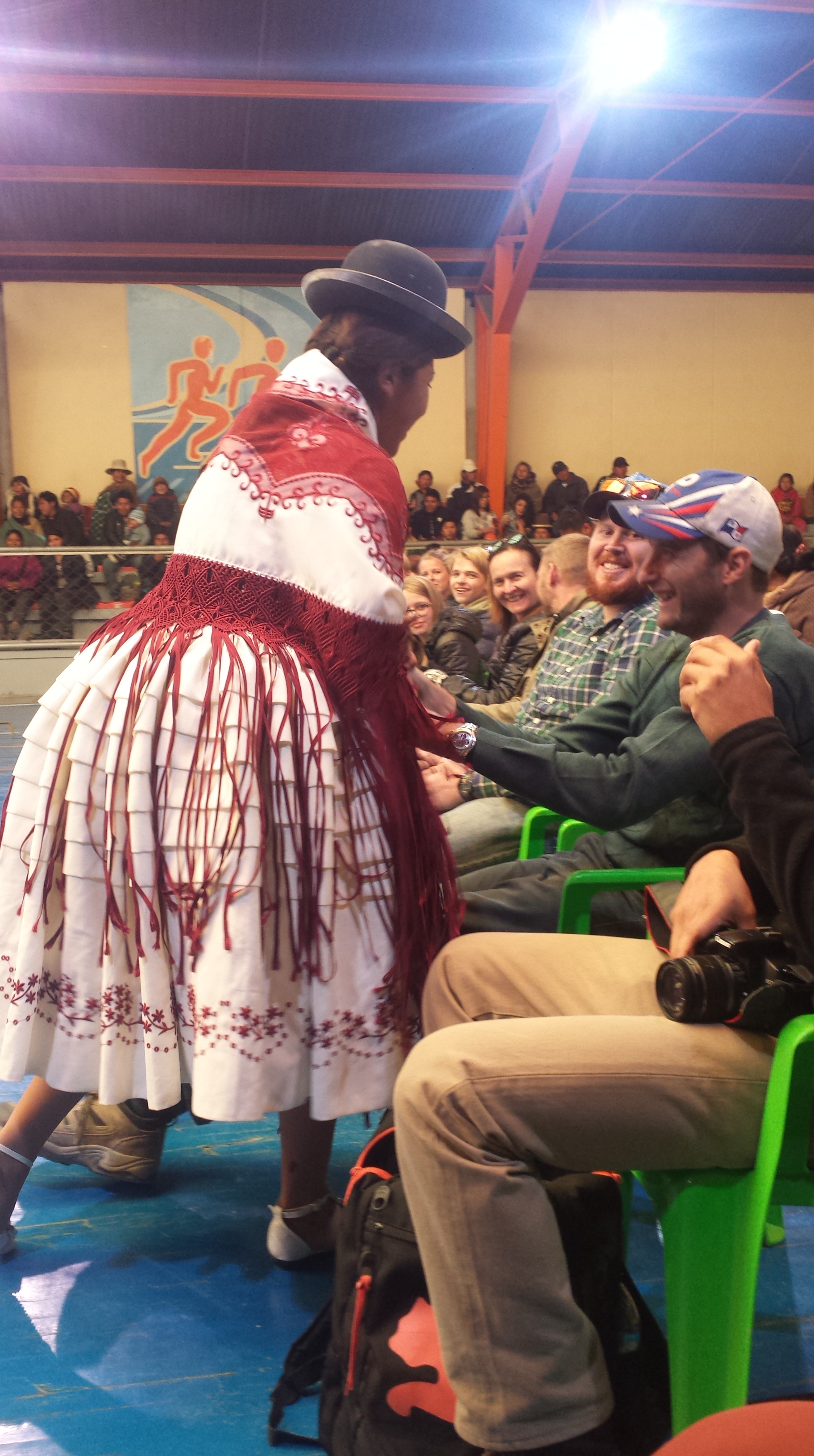
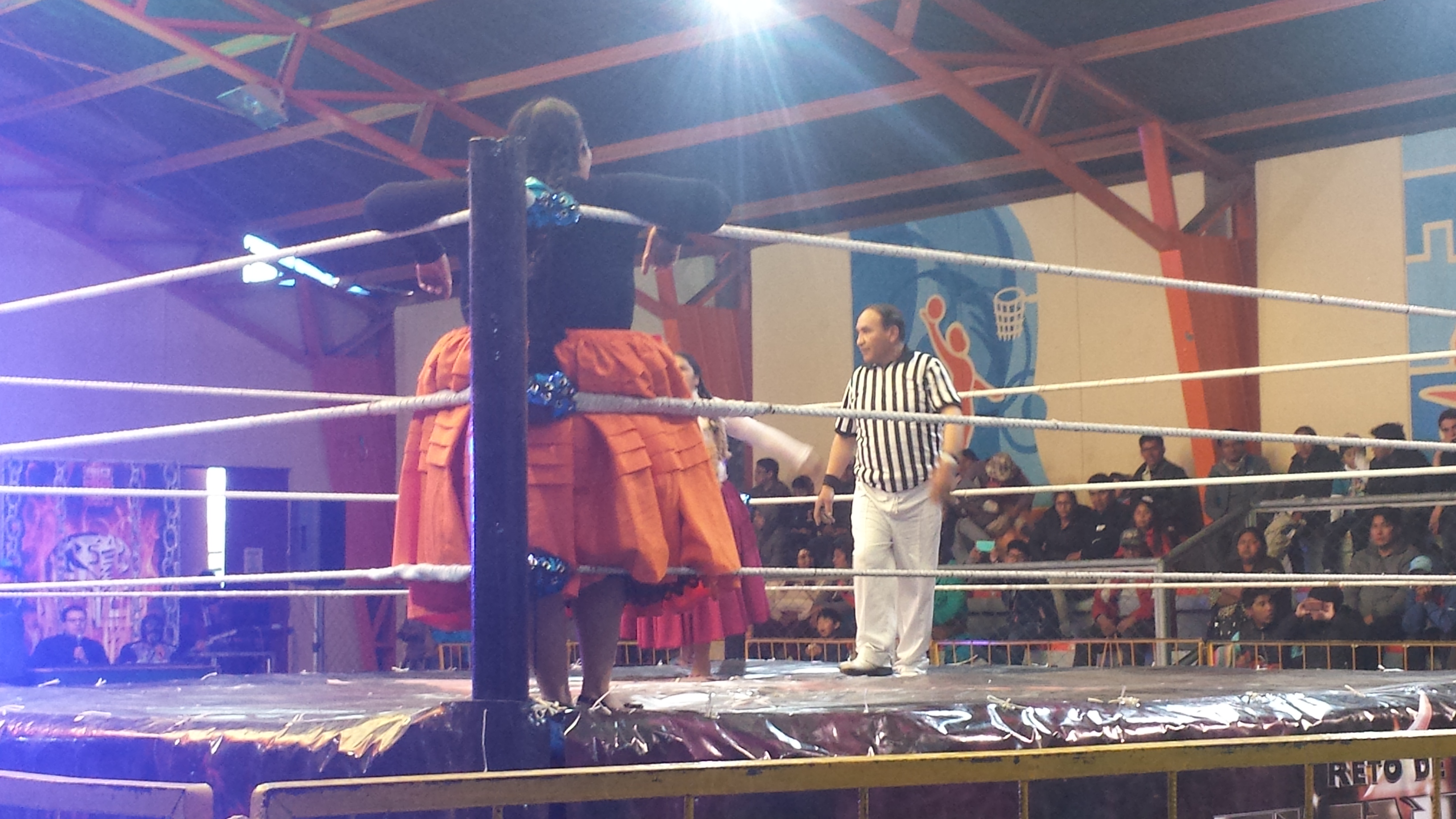
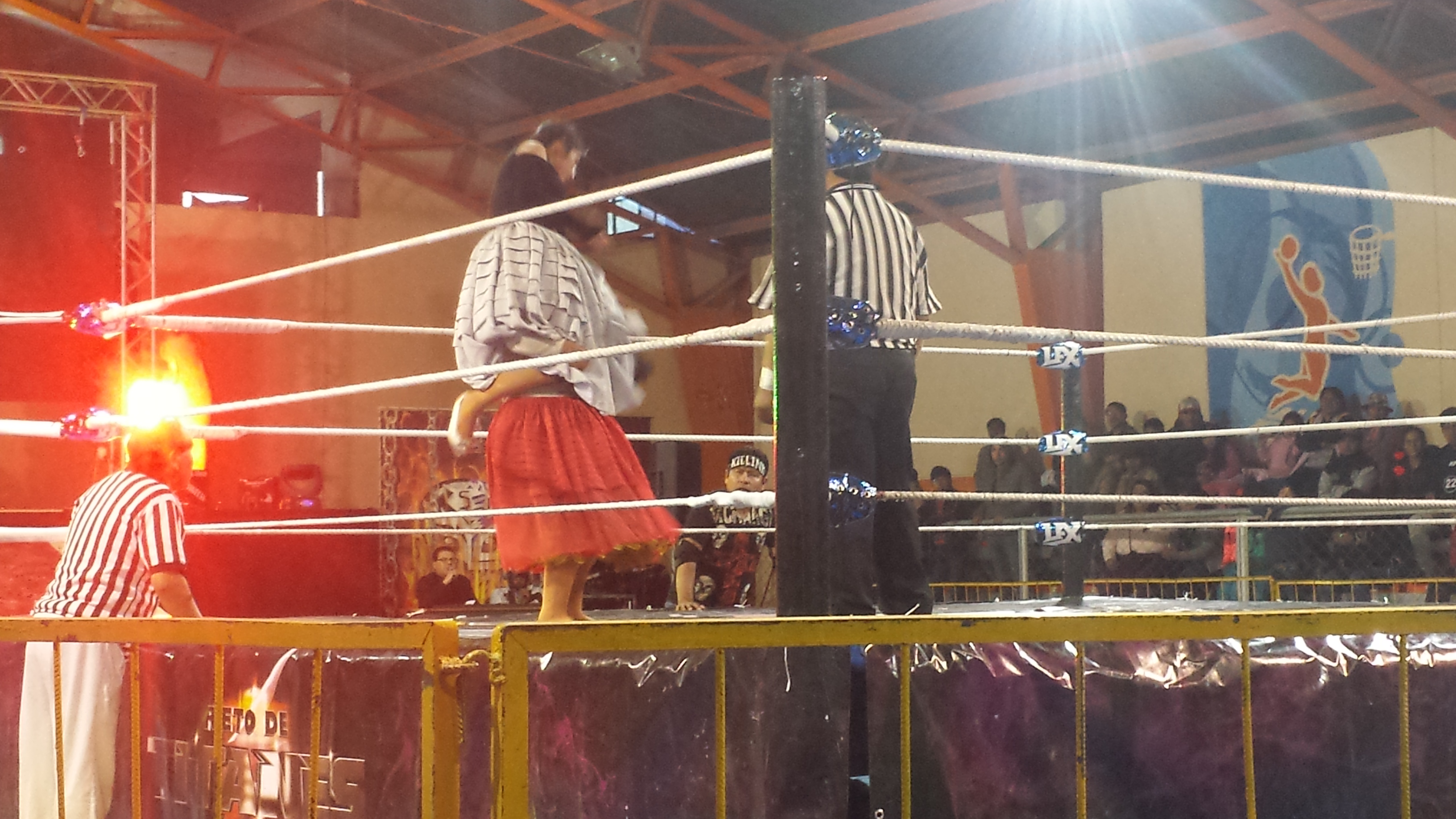
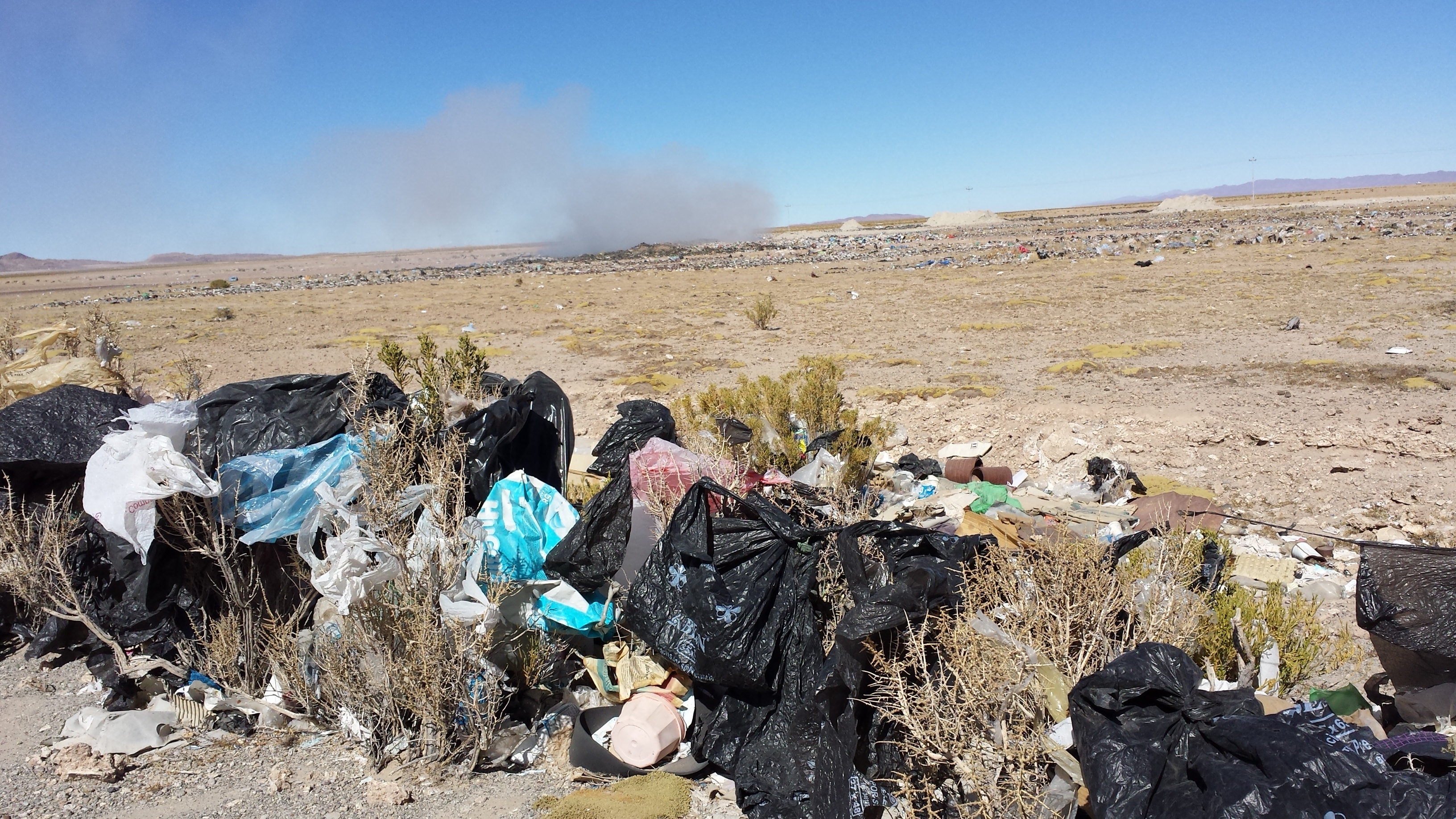
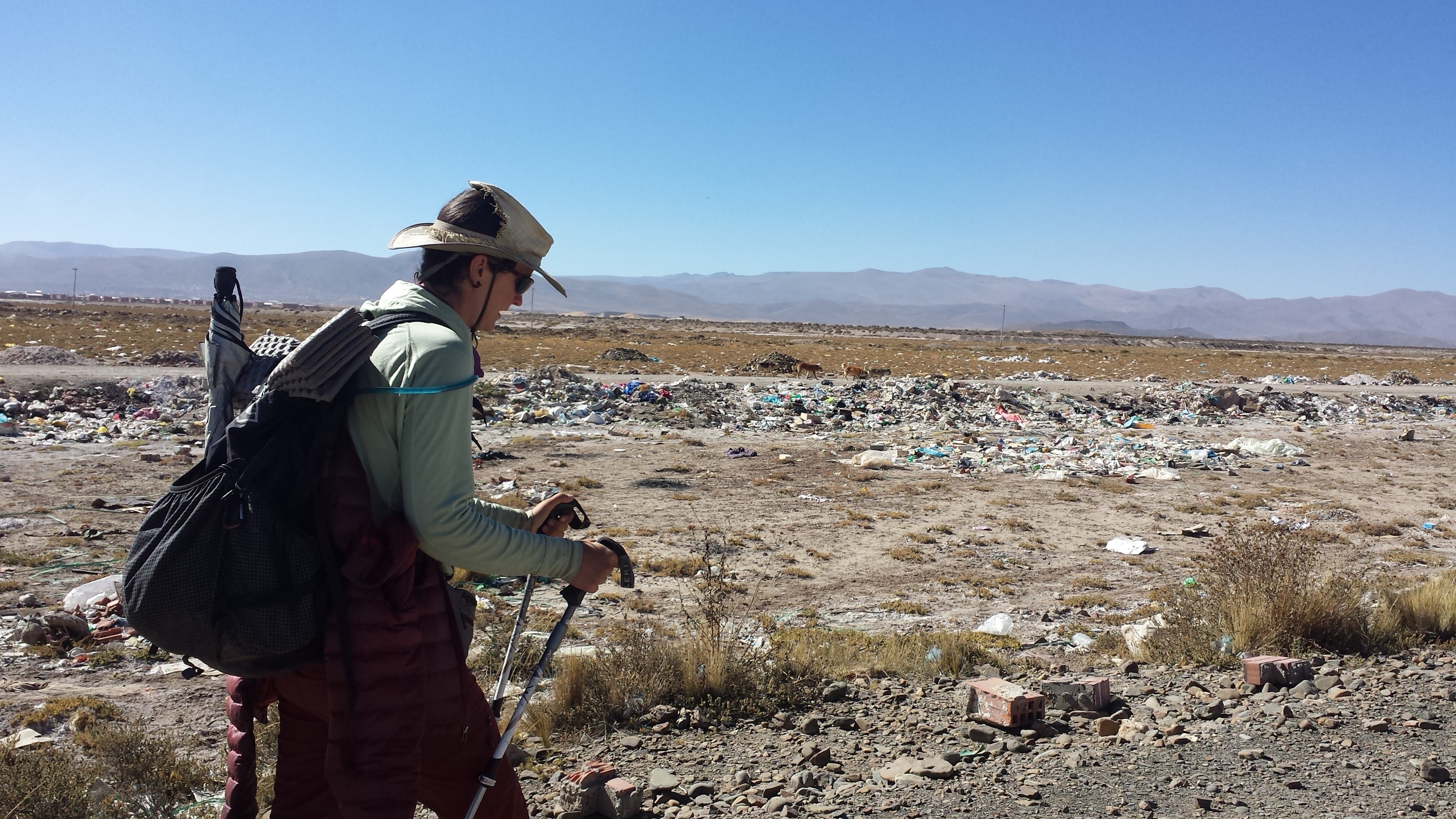
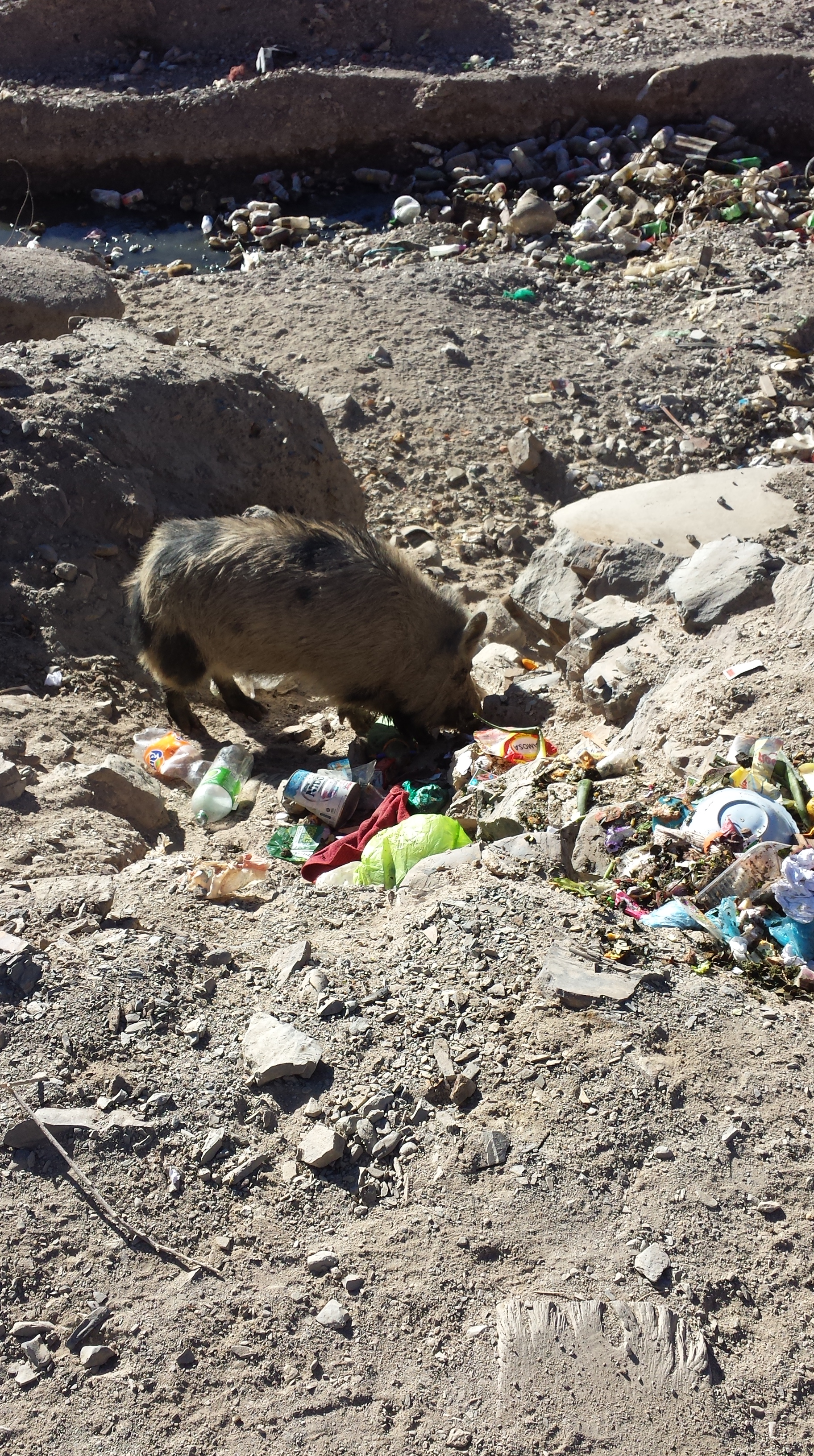
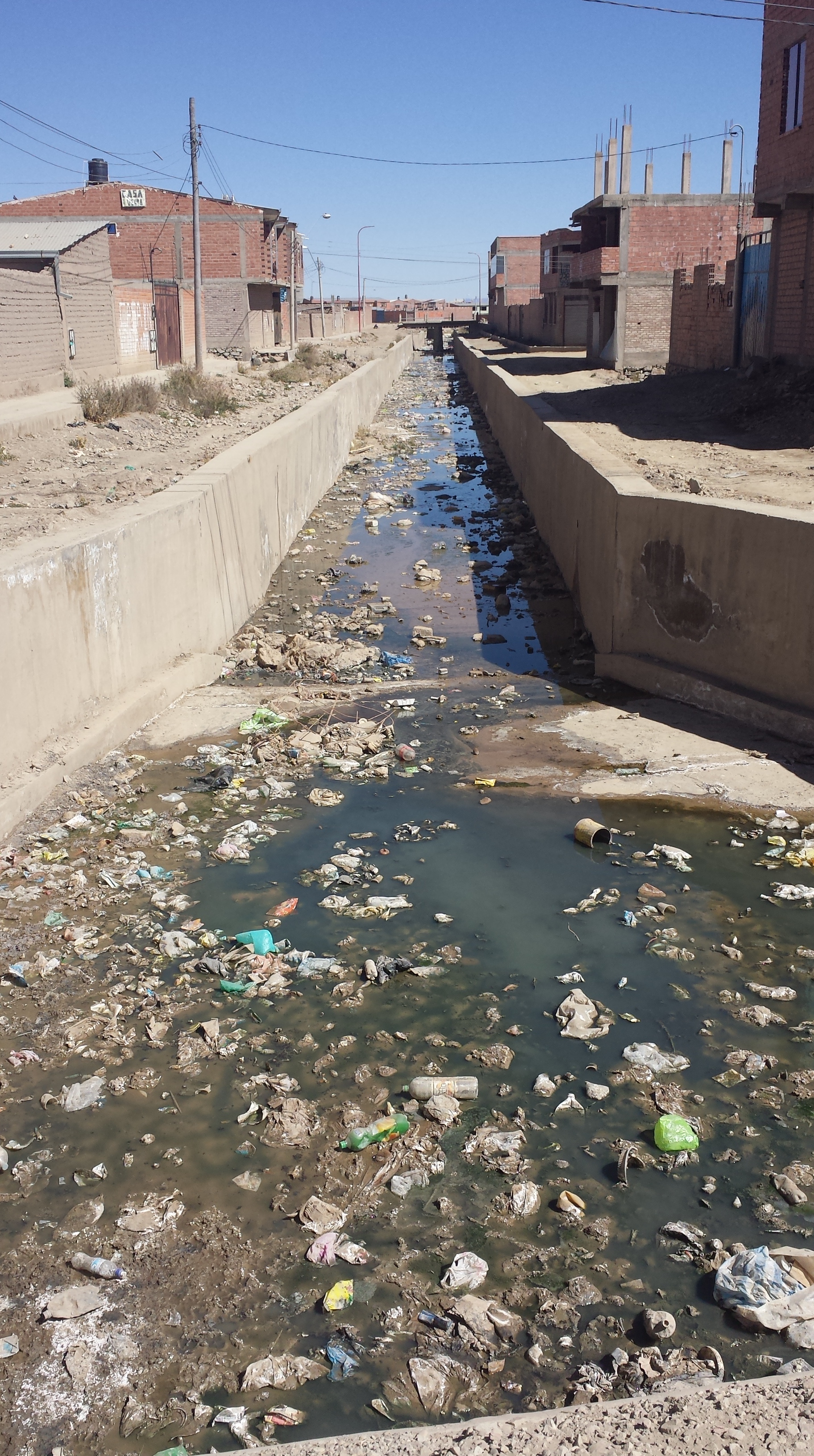




Comments (3)
Really good writing and content. I highly enjoyed this. Did you actually watch a Cholita wrestling match? Today I remarked to Cheri that it’s been around a year since you set off across the lake in kayaks. Today was hot and the lake was glassy, we went to the beach for the first time in months!
We did get to see one. It was pretty lydicrious, based off the Mexican luchador idea.
We’ve been thinking about that launch as well.
Rainy days here in Pisac!
Great post ?